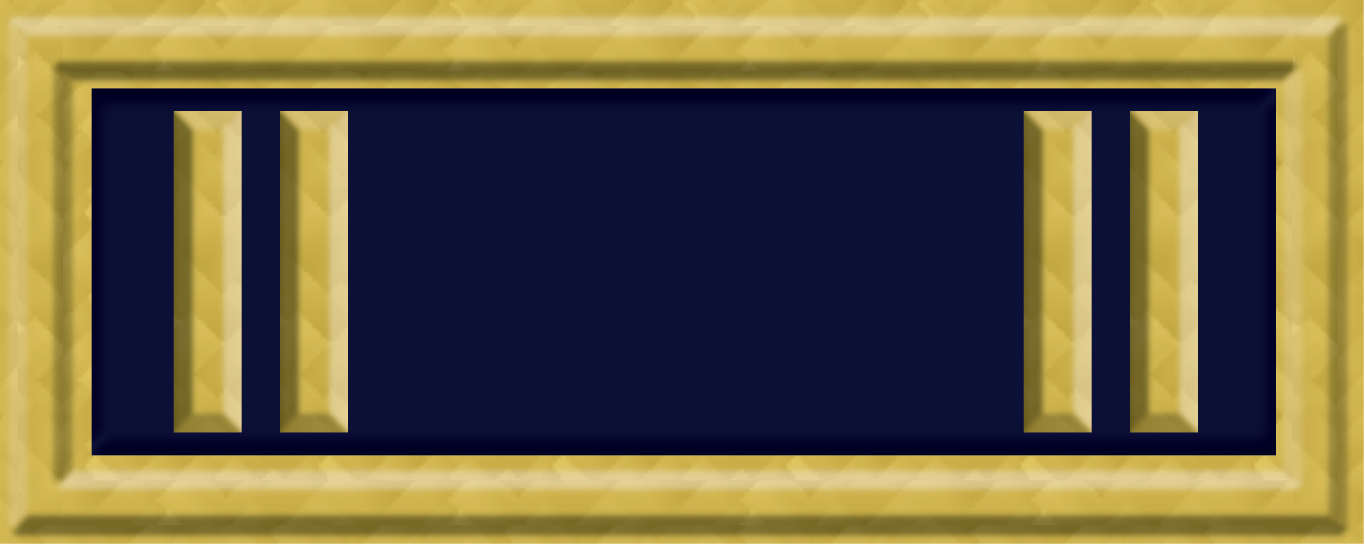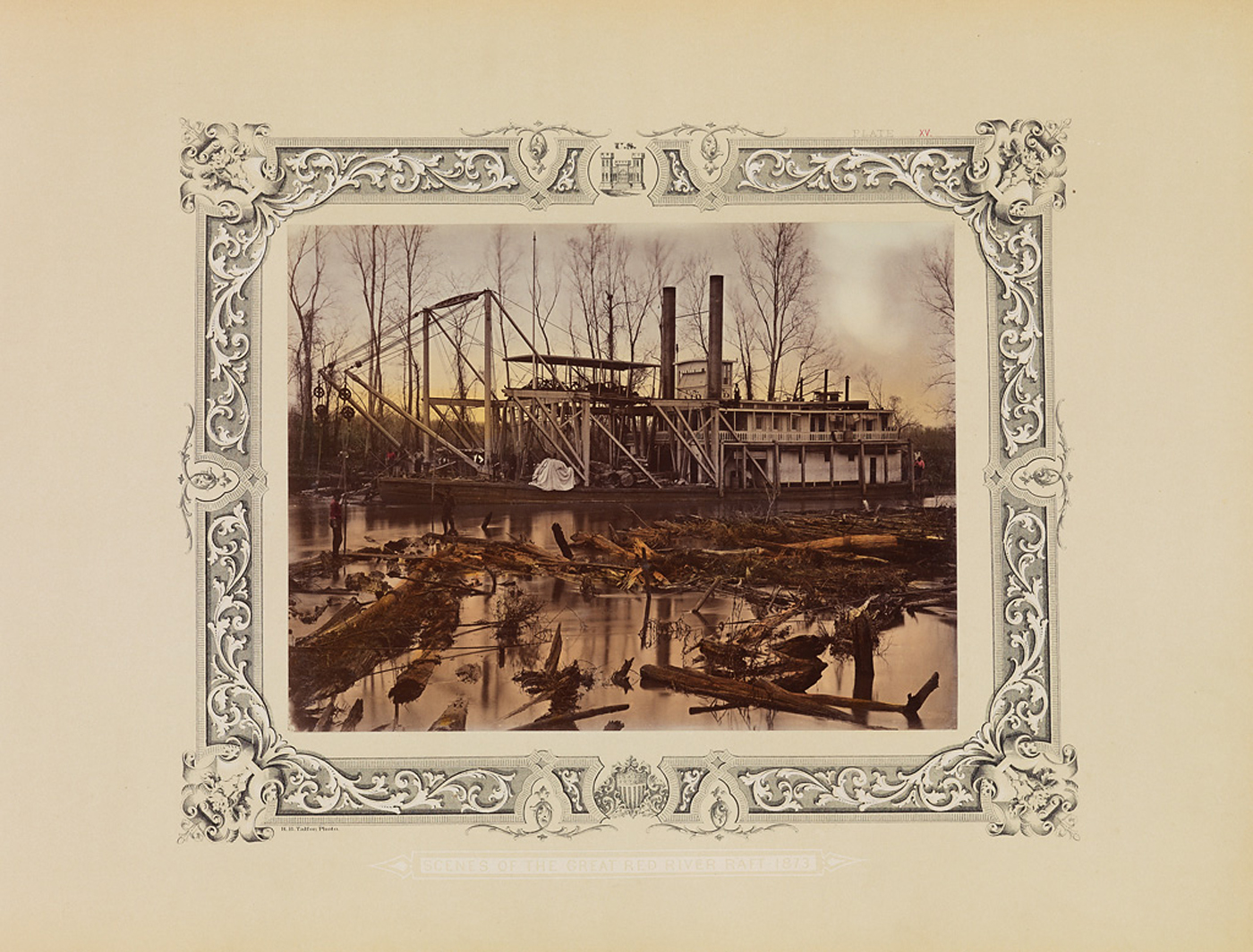|
Alexandre Mouton
Alexandre Mouton (November 19, 1804 – February 12, 1885) was a United States senator and the 11th Governor of Louisiana. Early life He was born in Attakapas district (now Lafayette Parish) into a wealthy plantation-owning Acadian family. He pursued classical studies and graduated from Georgetown College. He studied law, was admitted to the bar in 1825, and commenced practice in Lafayette Parish. He married Zelia Rousseau, the granddaughter of Governor Jacques Dupré, in 1826; they had 5 children before her death in 1837, one of whom died in infancy. In 1842, he married Emma Kitchell Gardner; this marriage produced eight children, six of whom survived to adulthood. Political career From 1827 to 1832 was a member of the Louisiana House of Representatives, serving as speaker in 1831 - 1832. He was a presidential elector on the Democratic ticket in 1828, 1832, and 1836, and was an unsuccessful candidate for election in 1830 to the Twenty-second Congress. In 1836 he wa ... [...More Info...] [...Related Items...] OR: [Wikipedia] [Google] [Baidu] |
Bar (law)
In law, the bar is the legal profession as an institution. The term is a metonym for the line (or "bar") that separates the parts of a courtroom reserved for spectators and those reserved for participants in a trial such as lawyers. In the United Kingdom, the term "the Bar" refers only to the professional organisation for barristers (referred to in Scotland as advocates); the other type of UK lawyer, solicitors, have their own body, the Law Society. Correspondingly, being "called to the Bar" refers to admission to the profession of barristers, not solicitors. Courtroom division The origin of the term ''bar'' is from the barring furniture dividing a medieval European courtroom. In the US, Europe and many other countries referring to the law traditions of Europe, the area in front of the barrage is restricted to participants in the trial: the judge or judges, other court officials, the jury (if any), the lawyers for each party, the parties to the case, and witnesses giving t ... [...More Info...] [...Related Items...] OR: [Wikipedia] [Google] [Baidu] |
Denis Prieur (mayor)
Denis Prieur (1791 – November 9, 1857) served twice as mayor of New Orleans, Louisiana. He served first as a Jacksonian from May 12, 1828, to April 9, 1838, after which he resigned to become of the mortgage registrar. He ran for governor A governor is an administrative leader and head of a polity or political region, ranking under the head of state and in some cases, such as governors-general, as the head of state's official representative. Depending on the type of political ... in 1838, but was defeated by former Governor Andre B. Roman. He was again elected mayor, this time running as a Democrat, and served a second time from April 4, 1842, to February 7, 1843. In 1843, Prieur participated in a duel with political adversary and U.S. Senator George A. Waggaman, in which he fatally wounded the senator. SourcesNew Orleans Public Lib ... [...More Info...] [...Related Items...] OR: [Wikipedia] [Google] [Baidu] |
Franklin Gardner
Franklin Kitchell GardnerMiddle name Kitchell from his father, miswritten Franklin K. Gardner on his gravestone. (January 29, 1823 – April 29, 1873) was a Confederate major general in the American Civil War, noted for his service at the Siege of Port Hudson on the Mississippi River. Gardner built extensive fortifications at this important garrison, 16,000 strong at its peak. At the mercy of conflicting orders, he found himself besieged and greatly outnumbered. His achievement at holding out for 47 days and inflicting severe losses on the enemy before surrendering has been praised by military historians. Early life Gardner was born in New York City to Lieutenant-Colonel Charles Kitchell Gardner (1787–1869) and Anne Eliza McLean Gardner (1801–1880). Charles Kitchell Gardner was son of a Revolutionary War hero. His mother was from Louisiana, where she was a member of a wealthy plantation-owning family. He attended the United States Military Academy from 1838 to 1843, being appoin ... [...More Info...] [...Related Items...] OR: [Wikipedia] [Google] [Baidu] |
Major General
Major general (abbreviated MG, maj. gen. and similar) is a military rank used in many countries. It is derived from the older rank of sergeant major general. The disappearance of the "sergeant" in the title explains the apparent confusion of a lieutenant general outranking a major general, whereas a major outranks a lieutenant. In the Commonwealth and in the United States, when appointed to a field command, a major general is typically in command of a division consisting of around 6,000 to 25,000 troops (several regiments or brigades). It is a two-star rank that is subordinate to the rank of lieutenant general and senior to the rank of brigadier or brigadier general. In the Commonwealth, major general is equivalent to the navy rank of rear admiral. In air forces with a separate rank structure (Commonwealth), major general is equivalent to air vice-marshal. In some countries including much of Eastern Europe, major general is the lowest of the general officer ranks, ... [...More Info...] [...Related Items...] OR: [Wikipedia] [Google] [Baidu] |
Battle Of Mansfield
A battle is an occurrence of combat in warfare between opposing military units of any number or size. A war usually consists of multiple battles. In general, a battle is a military engagement that is well defined in duration, area, and force commitment. An engagement with only limited commitment between the forces and without decisive results is sometimes called a skirmish. The word "battle" can also be used infrequently to refer to an entire operational campaign, although this usage greatly diverges from its conventional or customary meaning. Generally, the word "battle" is used for such campaigns if referring to a protracted combat encounter in which either one or both of the combatants had the same methods, resources, and strategic objectives throughout the encounter. Some prominent examples of this would be the Battle of the Atlantic, Battle of Britain, and Battle of Stalingrad, all in World War II. Wars and military campaigns are guided by military strategy, whereas b ... [...More Info...] [...Related Items...] OR: [Wikipedia] [Google] [Baidu] |
Alfred Mouton
Jean-Jacques-Alfred-Alexandre "Alfred" Mouton (February 18, 1829 – April 8, 1864) was a Confederate general in the American Civil War. Although trained at West Point, he soon resigned his commission to become a civil engineer and then a sugarcane grower, while also serving as a brigadier general in the Louisiana State Militia. On the outbreak of the Civil War, he commanded the 18th Louisiana Infantry Regiment, where he proved a strict disciplinarian who was also notably friendly and sociable with the rank and file. Wounded at Shiloh, he was made a brigade commander under General Richard Taylor, with whom he successfully obstructed Union efforts to secure the Bayou Teche region of southern Louisiana. In the Red River Campaign, Mouton was killed at the Battle of Mansfield, while leading his men in a cavalry charge. Early life Mouton was born in Opelousas, Louisiana, the son of former Governor of Louisiana Alexandre Mouton. Alfred enrolled in St. Charles College in ... [...More Info...] [...Related Items...] OR: [Wikipedia] [Google] [Baidu] |
Confederate Senate
The Confederate States Congress was both the provisional and permanent legislative assembly of the Confederate States of America that existed from 1861 to 1865. Its actions were for the most part concerned with measures to establish a new national government for the Southern "revolution", and to prosecute a war that had to be sustained throughout the existence of the Confederacy. At first, it met as a provisional congress both in Montgomery, Alabama and Richmond, Virginia. As was the case for the provisional Congress after it moved to Richmond, the permanent Congress met in the existing Virginia State Capitol, a building which it shared with the secessionist Virginia General Assembly. The precursor to the permanent legislature was the Provisional Congress of the Confederate States, which helped establish the Confederacy as a state. Following elections held in states, refugee colonies and army camps in November 1861, the 1st Confederate Congress met in four sessions. The 186 ... [...More Info...] [...Related Items...] OR: [Wikipedia] [Google] [Baidu] |
Secession
Secession is the withdrawal of a group from a larger entity, especially a political entity, but also from any organization, union or military alliance. Some of the most famous and significant secessions have been: the former Soviet republics leaving the Soviet Union after its dissolution, Texas leaving Mexico during the Texas Revolution, Biafra leaving Nigeria and returning after losing the Nigerian Civil War, and Ireland leaving the United Kingdom. Threats of secession can be a strategy for achieving more limited goals. Allen Buchanan"Secession" Stanford Encyclopedia of Philosophy, 2007. It is, therefore, a process, which commences once a group proclaims the act of secession (e.g. declaration of independence). A secession attempt might be violent or peaceful, but the goal is the creation of a new state or entity independent from the group or territory it seceded from. Secession theory There is a great deal of theorizing about secession so that it is difficult to identify ... [...More Info...] [...Related Items...] OR: [Wikipedia] [Google] [Baidu] |
Internal Improvements
Internal improvements is the term used historically in the United States for public works from the end of the American Revolution through much of the 19th century, mainly for the creation of a transportation infrastructure: roads, turnpikes, canals, harbors and navigation improvements.Review by Tom Review of John Lauritz Larson's Internal Improvement: National Public Works and the Promise of Popular Government in the Early United States', University of North Carolina Press, 2001. . This older term carries the connotation of a political movement that called for the exercise of public spirit as well as the search for immediate economic gain. Improving the country's natural advantages by developments in transportation was, in the eyes of George Washington and many others, a duty incumbent both on governments and on individual citizens. Background While the need for inland transportation improvements was universally recognized, there were great differences over the questions of how the ... [...More Info...] [...Related Items...] OR: [Wikipedia] [Google] [Baidu] |
Great Raft
The Great Raft was a gigantic log jam or series of "rafts" that clogged the Red and Atchafalaya rivers and was unique in North America in terms of its scale. Origin The Great Raft probably began forming in the 12th century. It grew from its upper end, while decaying or washing out at the lower end. By the early 1830s, it spanned more than . The raft, at one point, extended for from Loggy Bayou to Carolina Bluffs. Because of its scale, the Great Raft became incorporated in the mythology of the regional Caddo tribe, which had been in the area for thousands of years. They credited it with protecting them from competing tribes, as well as intermittently causing floods on the land and making it fertile for agriculture. Harrelson et al. describe the origins of the raft: This ecosystem of entangled logs, vegetation and sediments remained in place for almost two millennia, altering the flow regime of the Red River and causing a complete change in its geomorphic character from a s ... [...More Info...] [...Related Items...] OR: [Wikipedia] [Google] [Baidu] |






